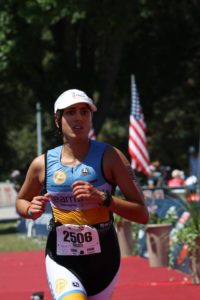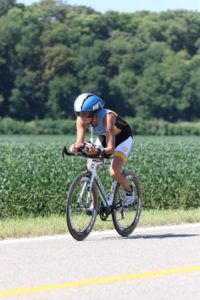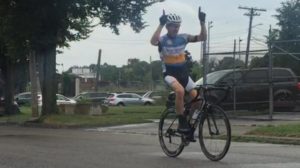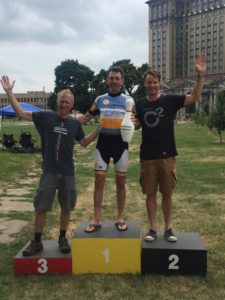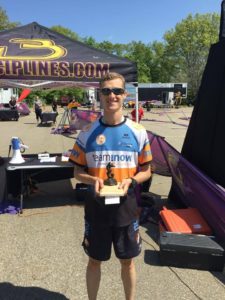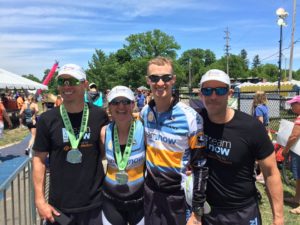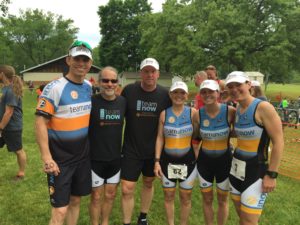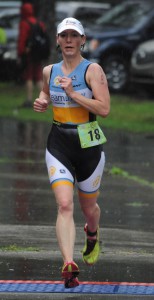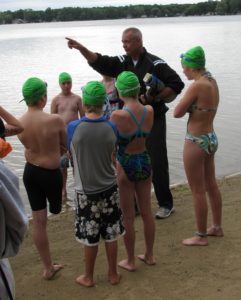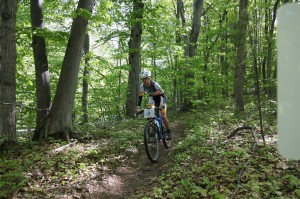–By Andy Guelzo, Team OAM NOW cyclist
When I first started on my adventure into the adventurous sport of cycling I had some wonderful people to teach me and show me the do’s and don’ts. The small tricks to cycling that most people don’t find out until it’s too late are the things that can make the most difference. Sharing those tips to the beginner cyclist is what needs to be done so that everyone can feel joy of riding to its highest level. The 3 biggest tips I can share are eating properly, getting a correct fitting bike, and finding someone or some people to get guidance from. These tricks can be used from anyone beginning to ride to someone that had been in the sport for a while and wanting to hone in their riding.
1. Eating
When I began in my cycling career eating while riding was an outside concept to me. I never thought that eating would work and not upset my stomach. Eating allows your body to keep up energy levels and keep your body from “bonking”. Bonking is when your liver can’t keep up with your blood glucose levels and the brain and nervous system run low on fuel. This in turn causes muscles to not have adequate supply of energy. When eating during a ride, it is best to start early when going for a ride longer than an hour. After about an hour is when your body starts needing to replace its fuel stores. Eating early will allow your body to keep up with digestion and supply the body with useable nutrients. Use fuel in the form of gels for the simple carbohydrates that are metabolized into glucose within the body for use in cells. Also, I carry bars for rides over 90 minutes for their assortment of carbohydrates and proteins. Having the proper nutrition will allow your body to perform the best possible.
It doesn’t matter how fit or strong an athlete is, if you cannot put the most force possible into your bike you will not go as fast as possible. Having a bike that fits properly will also allow you to be more comfortable and be able to ride longer without causing damage to your joints. Just like any other machine, if the person working it cannot use it comfortably it will not be used with maximum efficiency. Most local bike shops have some kind of fitting service, 3rd coast cycles in Hudsonville for example has everything you need to be fitted properly. They can fit the bike to your exact body specifications. I cannot stress the importance of a bike fit because I believe that it is the single most important “upgrade” you do to your bike to go faster.
3. Don’t do it Alone
It doesn’t matter if you want to just ride for fitness or if you want to race, group riding is one of the best training tools out there. Other people will be able to push you to go faster and go further than you normally would if you were on your own. Riding in a group will make it easier to meet new people. Most groups have at least one person that has been riding for quite a long time. These people have a special heart for the sport of cycling and 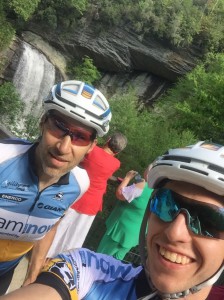 want to share as much knowledge as possible. These types of people I find are not looking for a reward of payment. What they want is to see their love for the sport move into someone else who is just starting out in feeling that same passion. A mentor like this can usually do more than any other person you will meet. For me, Athletic Mentors coach, Team tech guru, and all around fantastic road trip driver Terry Ritter has been this person for me. The friendship and bond created will be one that will go on forever. His passion for the sport and the growth of up and coming riders leads too much more than just doing well in races. It leads to a life time attraction to wanting to ride a bike. To take this further, getting in contact with a personal coach to work with you on a training plan to reach your goals is even better. Having a coach will give direction and make reaching goals more possible.
want to share as much knowledge as possible. These types of people I find are not looking for a reward of payment. What they want is to see their love for the sport move into someone else who is just starting out in feeling that same passion. A mentor like this can usually do more than any other person you will meet. For me, Athletic Mentors coach, Team tech guru, and all around fantastic road trip driver Terry Ritter has been this person for me. The friendship and bond created will be one that will go on forever. His passion for the sport and the growth of up and coming riders leads too much more than just doing well in races. It leads to a life time attraction to wanting to ride a bike. To take this further, getting in contact with a personal coach to work with you on a training plan to reach your goals is even better. Having a coach will give direction and make reaching goals more possible.
The post Cycling Tips From Andy appeared first on Team Athletic Mentors.




 Our Hockey Site
Our Hockey Site Team AM
Team AM


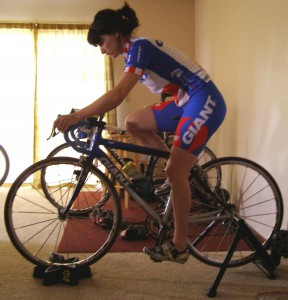
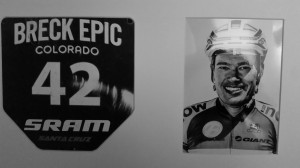
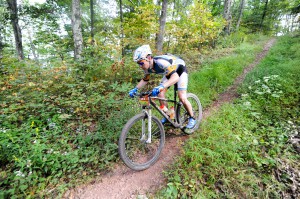
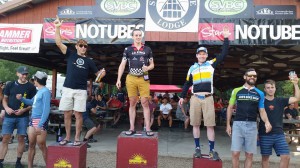
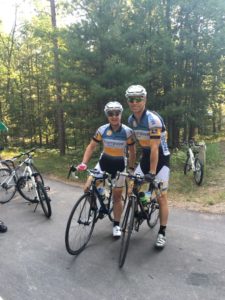
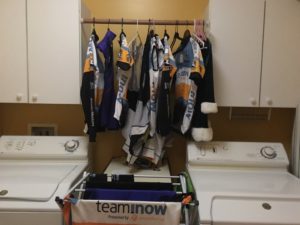
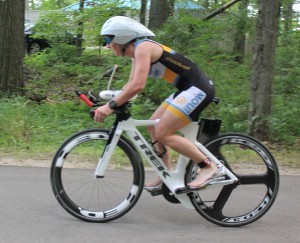
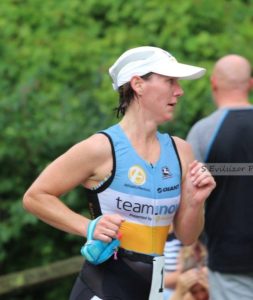
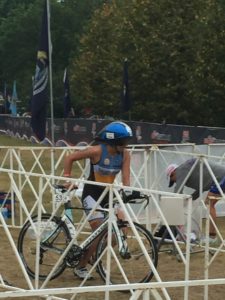
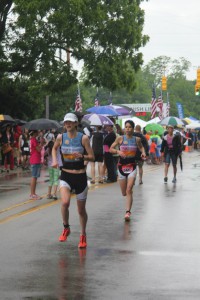 from racing Olympic distance to Half Iron is a big one. I suggest a season dedicated to a build where you start with a solid training plan, and ending with your Half Iron event. A lot changes when you increase your longest race distance by 100%. Such a jump in distance requires, more precise training and recovery, nutrition, support at home, sleep, and a number of other things.
from racing Olympic distance to Half Iron is a big one. I suggest a season dedicated to a build where you start with a solid training plan, and ending with your Half Iron event. A lot changes when you increase your longest race distance by 100%. Such a jump in distance requires, more precise training and recovery, nutrition, support at home, sleep, and a number of other things.